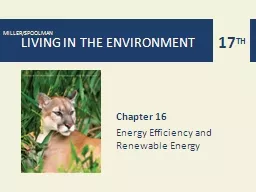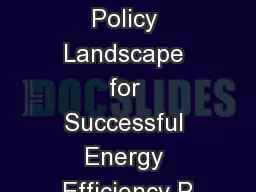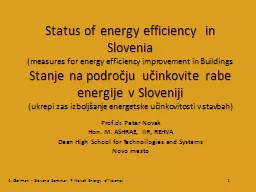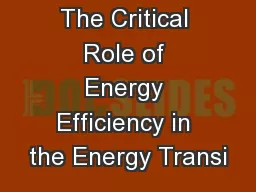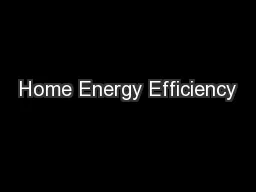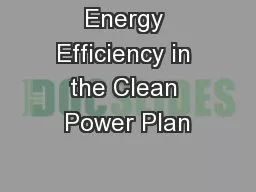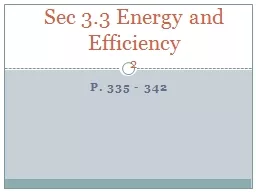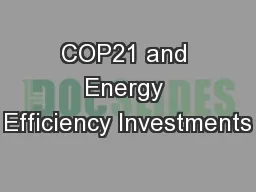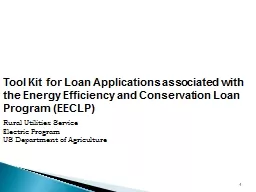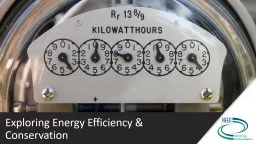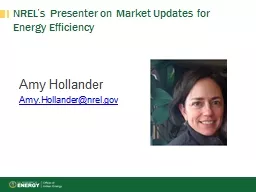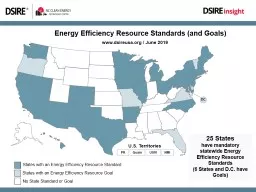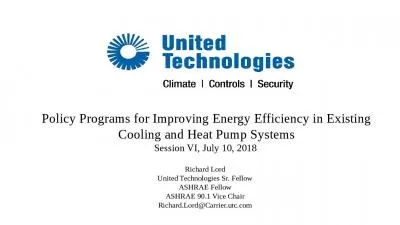PPT-Chapter 16 Energy Efficiency and
Author : faustina-dinatale | Published Date : 2018-11-10
Renewable Energy 164 What Are the Advantages and Disadvantages of Using Hydropower Concept 164 We can use water flowing over dams tidal flows and ocean waves to
Presentation Embed Code
Download Presentation
Download Presentation The PPT/PDF document "Chapter 16 Energy Efficiency and" is the property of its rightful owner. Permission is granted to download and print the materials on this website for personal, non-commercial use only, and to display it on your personal computer provided you do not modify the materials and that you retain all copyright notices contained in the materials. By downloading content from our website, you accept the terms of this agreement.
Chapter 16 Energy Efficiency and: Transcript
Download Rules Of Document
"Chapter 16 Energy Efficiency and"The content belongs to its owner. You may download and print it for personal use, without modification, and keep all copyright notices. By downloading, you agree to these terms.
Related Documents

